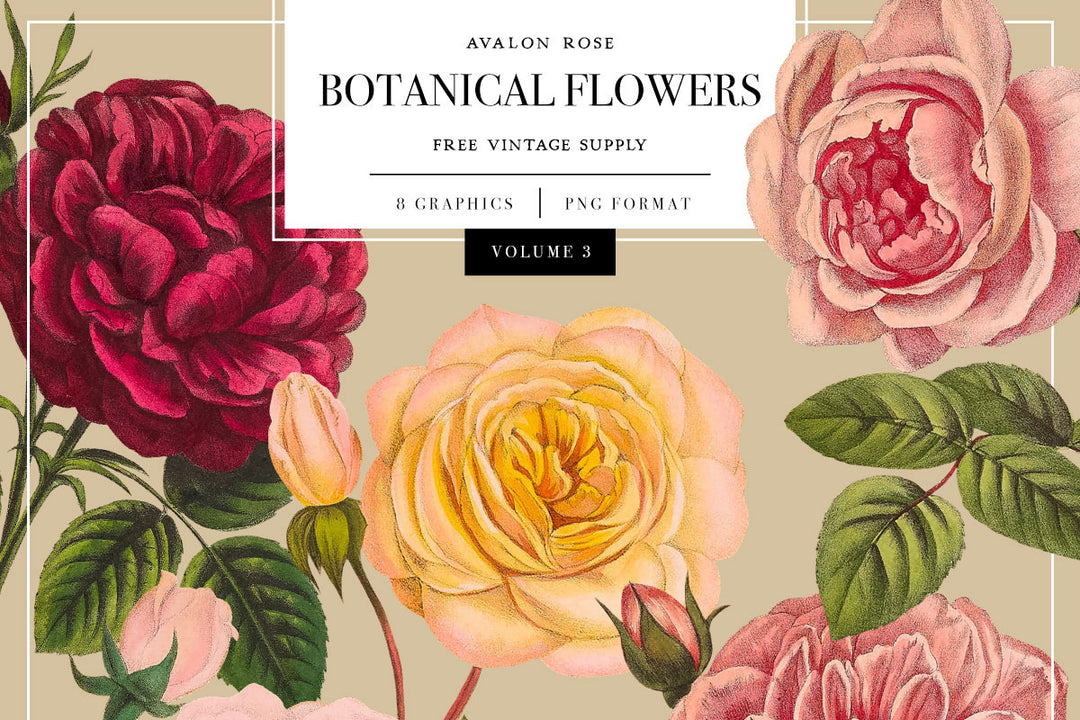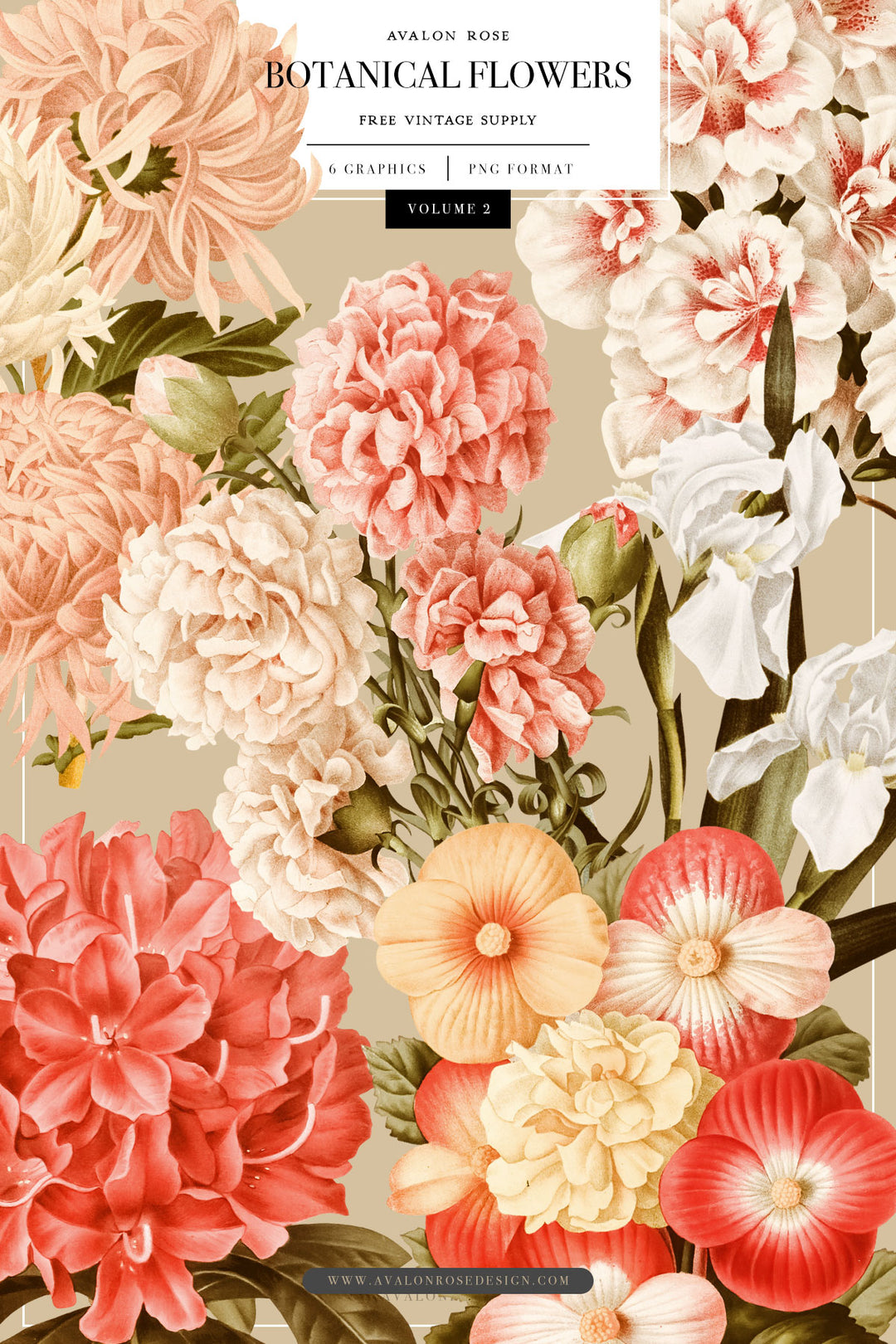5 Tips for Working with a Website or Graphic Designer
Working with a graphic or web designer on a custom project can sometimes be a daunting experience, especially if it’s your first go-round.
Here is some advice on how to make the entire process go smoother and faster for both you and your designer.

You can Pin the graphic above (thank you in advance if you do!), or read the same copy below.
1 - KNOW WHAT YOU WANT AND UNDERSTAND YOUR TARGET MARKET
Do some research on different design styles before you begin. Make some initial decisions, and know what type of fonts, color schemes, design elements, and layouts that you’re drawn to. Pinterest is a great tool for this, so create a design board and start adding elements that you love. Your designer will thank you.
You should love your design, but so should your client/customers. It needs to be reflective of your business and products and services, not just your personal tastes. Who are you selling to? Explain your target market to your designer, and chances are they can make some wonderful suggestions.
2 - DON'T RELY ON THE OPINIONS OF OTHERS WHEN MAKING A DECISION
This is your business, your baby. You need to make a decision on a design that is best for business, not to please someone else. Not everyone has the same tastes. Trying to get a consensus on a proof from a group of friends and neighbors is going to color your decision-making process. It will also muddy the waters for both you and your designer, making the job more difficult for you both.
Getting feedback from trusted advisors can be helpful, but limit it to a very small, trusted few and only those who understand your business and target market.
3 - BE AS SPECIFIC AS POSSIBLE WITH YOUR FEEDBACK
Love it or hate it, you have to tell your designer your opinion. This is so important. Giving vague feedback just makes your designer’s work more difficult, and can draw the entire project out.
EXAMPLES
DO
- If you have a specific color in mind send your designer an image that contains it.
- Do you want a bolder or script font, a brighter color, bigger images? Say so. Tell your designer specifically what elements you like, and also what you don’t.
DON'T
- Use color names like “jade green”. Color names are subjective, so they mean different things to different people.
- Use vague comments like, “Make it more interesting,” or “Jazz it up.” That can mean any number of things.
4 - BE CAREFUL HOW HIGH YOU SET THE BAR ON THE FIRST ROUND OF PROOFS
No one likes to be disappointed, but it’s a rare instance when the first proofs will be exactly what you’ve envisioned. Hopefully it’s close, but the first proof in the design process is almost always a way for your designer to feel out what you’re looking for in your design. This is the perfect opportunity to give clear and concise feedback as mentioned above, and it will take less time for your designer to get to the end result you will love.
5 - KNOW THAT IT'S OK TO CHANGE YOUR MIND
Maybe you’ve gotten to a certain point in the design process, and realized that some of your design ideas just aren’t exactly what you want and you want to try something new. Switching gears is fine, just understand that your designer has already put time and effort into your original concept. Most designers have a limit to how many revisions are allowed, so understand that you may be charged more for the additional work.






